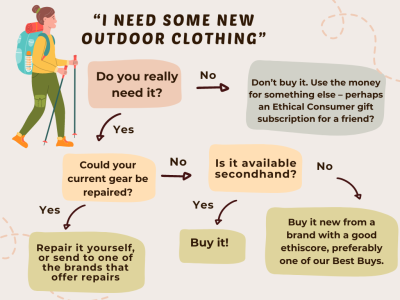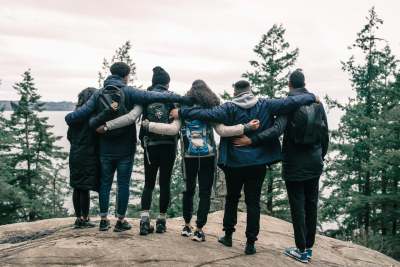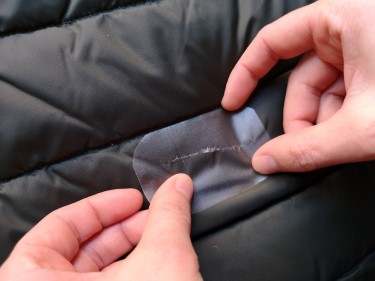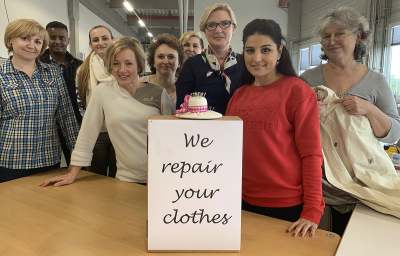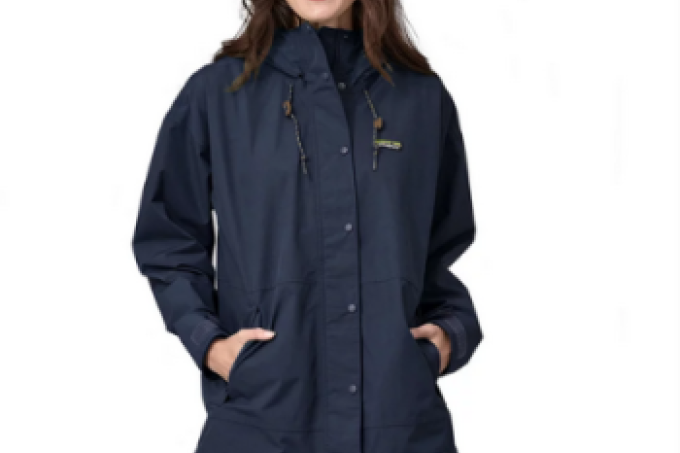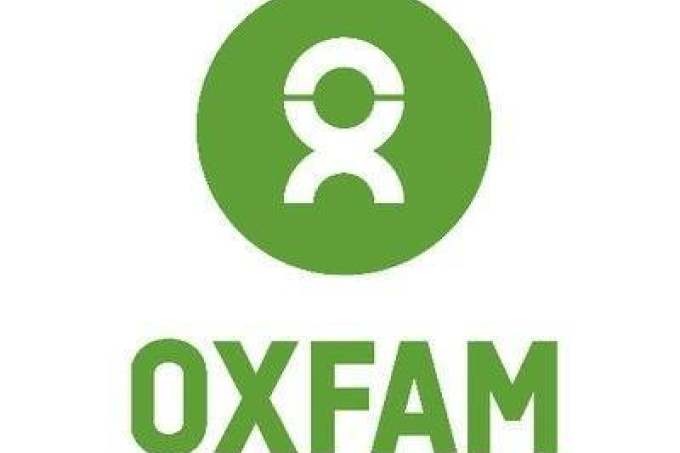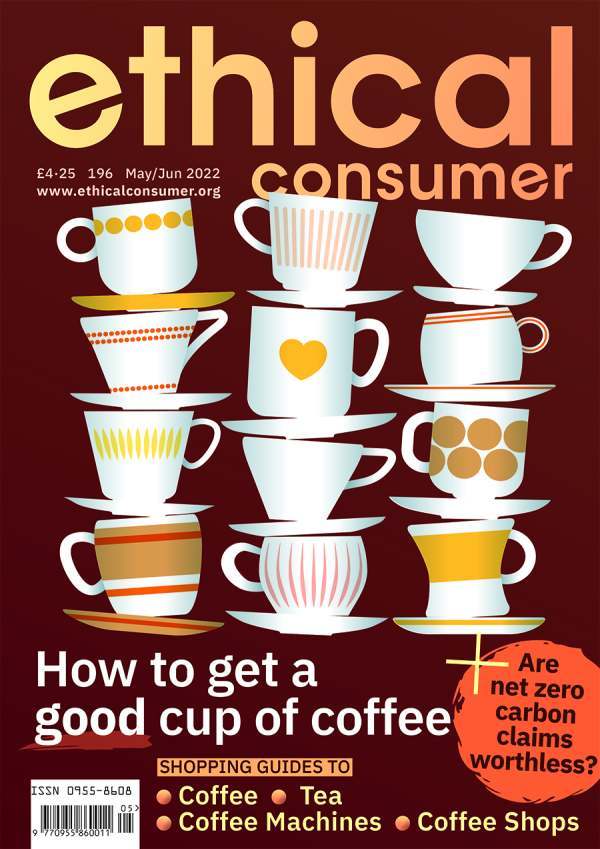Is there a trade-off between outdoor clothing performance and its ethics?
There is a long-held belief in the outdoor world that brands have to make a trade-off between performance and ethics.
In the table below, we’ve tried to make a performance comparison for some common purchasing decisions, looking at a more and less ethical option. (For many outdoors items, a truly ethical option doesn’t yet exist, so you may not agree with our call on what is more ethical.)
Performance and ethics by material type
| Less ethical option |
More ethical option |
Is there performance trade off for the ethical option? |
| PFC waterproof |
PFC-free waterproof |
No. High-performance PFC-free waterproofs are available |
| Virgin polyester fleece |
Recycled polyester fleece |
No. No significant difference in durability. |
| Down jacket/sleeping bag |
Recycled synthetic insulated jacket/ sleeping bag |
Maybe. Down usually outperforms synthetic on heat-to-weight ratio (although it’s closer than it used to be. Synthetic is better when damp and is more breathable.) |
| Merino wool base layer |
Recycled synthetic base layer |
Maybe. Synthetic is more durable and quicker-drying, but less comfortable when damp and less odour-resistant |
| Leather hiking boots |
Vegan leather hiking boots |
Yes. Vegan leather tends to be less durable, expected to last 2-5 years. |
The drive for performance may, in fact, be one reason why outdoors companies have been slow to prioritise ethics. If a company knows that its customers are likely to opt for the best-recognised performance option, they are unlikely to stray far from existing technologies. The best companies then, are those which have committed to investing in the development of new, more ethical options despite potential cost or inconvenience.
Waterproofs are a good example. For years, the outdoor industry has continued to use PFCs for their coating. Many companies say that they have not yet been able to adequately replace PFCs for high-performance gear.
Yet, Best Buy company Páramo has not used PFCs since 2016. The company has been praised by Greenpeace for showing that it’s “absolutely possible” to make high-performance gear without toxic chemicals. In fact, Páramo came top of Which?’s survey of waterproof jackets, based on ratings from 2770 members, in December 2023.
The price of our Best Buy outdoor clothing brands
We found the average price of a waterproof jacket for all our Best Buy companies.
The two best selling outdoor clothing brands, Berghaus and North Face, are presented for comparison.
| Brand |
Average price (£) |
| Rab |
153 |
| Finisterre |
187 |
| Alpkit |
209 |
| Paramo |
211 |
| Patagonia |
268 |
| |
|
| North Face |
126 |
| Berghaus |
135 |
Remember that with our Best Buys you are paying the real cost for a company that respects the environment, animal and human rights, hence their higher ethiscores on our score tables. Plus, they either don’t use any PFAS or are well on the way to being PFAS free.
PFAS are a global contamination issue which is affecting the health of humans and wildlife.
Look out for second-hand versions of our Best Buys - see our suggestions above.

